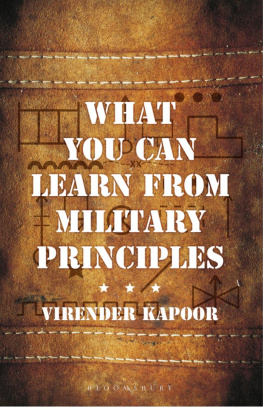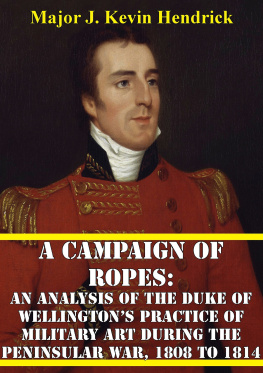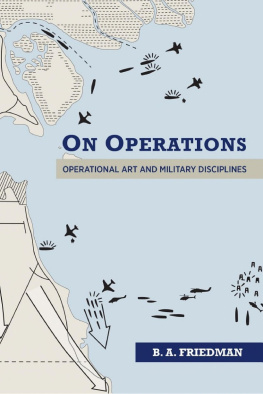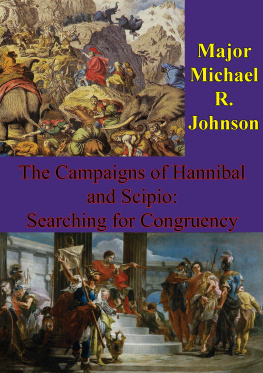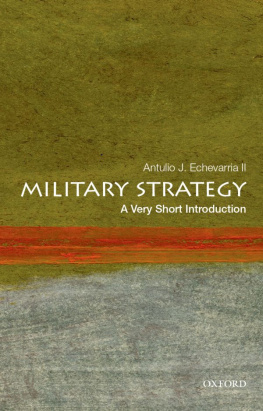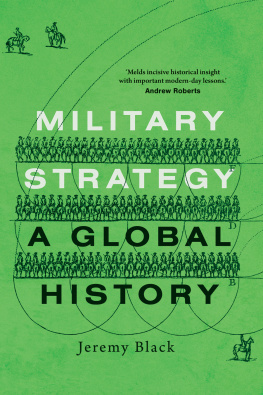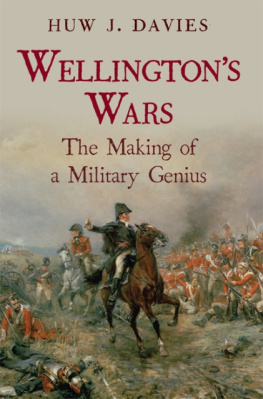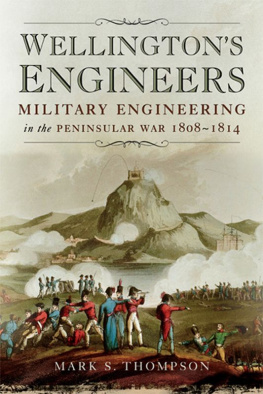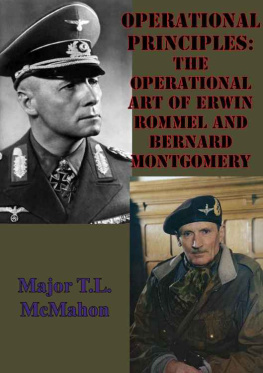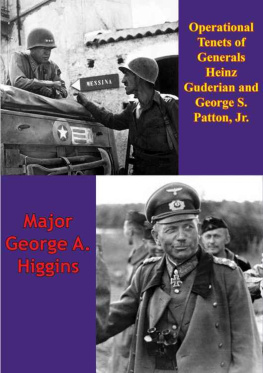This edition is published by PICKLE PARTNERS PUBLISHINGwww.picklepartnerspublishing.com
To join our mailing list for new titles or for issues with our books picklepublishing@gmail.com
Or on Facebook
Text originally published in 1998 under the same title.
Pickle Partners Publishing 2014, all rights reserved. No part of this publication may be reproduced, stored in a retrieval system or transmitted by any means, electrical, mechanical or otherwise without the written permission of the copyright holder.
Publishers Note
Although in most cases we have retained the Authors original spelling and grammar to authentically reproduce the work of the Author and the original intent of such material, some additional notes and clarifications have been added for the modern readers benefit.
We have also made every effort to include all maps and illustrations of the original edition the limitations of formatting do not allow of including larger maps, we will upload as many of these maps as possible.
A CAMPAIGN OF ROPES. AN ANALYSIS OF THE DUKE OF WELLINGTONS PRACTICE OF MILITARY ART DURING THE PENINSULAR WAR, 1808 TO 1814
By
MAJ J. Kevin Hendrick, USA
ABSTRACT
The purpose of this paper was to study the practice of military art at the operational level of war. The story of Wellingtons ultimate success against Napoleons Marshals was selected as a case study as it seemed rich in the application of mental agility to achieve an asymmetrical military advantage in a theater of war. As military theory recognizes two general types of military art, classical strategy and operational art, the research question was constructed to determine if Wellington practiced pure classic strategy, or an early/transitional form of operational art.
In order to provide a basis of analysis, the essential elements of both classic strategy and operational art are next defined. The history of classic strategy is outlined, then the theory of Clausewitz and Jomini used to define its four basic elements. The practice of operational art is then traced, from its inception by U.S. Grant during the American Civil War, to Soviet operational theory developed in the 1920s. The theory of Dr. James Schneider, a primary interpreter of both Grant and the Soviets, provides the eight essential elements of operational art. To round out the section on military art, U.S. operational doctrine is outlined and discussed.
Like most military officers, Wellington was a creature of his own experience, therefore a chapter is dedicated to the lessons he learned as a young officer in India. The following chapter is dedicated to a study of the Peninsular War. As the research question deals with both the operational and strategic levels of war, Wellingtons tactics are neglected in favor of his campaign concepts and execution.
Analysis determines that in three out of five campaigns, Wellington practiced a pure form of classic strategy. Unfortunately, these campaigns all ended in failure. In his two successful campaigns, Wellington was able to gain an asymmetrical advantage over the French by the incorporation of four of the eight elements of operational art into his operational concept. Although he lacked the technological necessities required to practice full-fledged operational art, it is concluded that Wellington practiced a transitional style of warfare that can be termed an early form of operational art.
A Campaign of Ropes. An Analysis of The Duke of Wellingtons Practice of Military Art During the Peninsular War, 1808 to 1814.
On June 25, 1807, Napoleon Bonaparte met with Czar Alexander on a raft in the middle of the Nieman River to discuss terms for a general peace between the Prussian, Russian, and French Empires. Reportedly, the first words from the mouth of the Czar were: I hate the English as much as you do yourself. This delighted Napoleon who replied, If that is the case, then peace is already made. {1} As the third coalition had been smashed during the successive battles of Austerlitz, Jena-Auerstdt, Eylau, Heilsberg, and Friedland, Napoleon was the master of Europe and England had been isolated save for their oldest continental ally, tiny Portugal. {2}
Although England maintained their naval dominance over the French, their lack of a powerful continental ally severely hampered their ability to wage a decisive land war against the French. This increased the importance of retaining an Anglo-Portuguese alliance. To counter this alliance, Napoleon mounted extensive diplomatic pressure upon Portugal to abandon England and join his continental system. Portugal refused, resulting in their invasion and occupation by the end of November 1807. {3} It now appeared that England had been totally isolated and that it would be only a matter of time until the continental system wrecked the English economy and forced them to the bargaining table. Seemingly, all that remained was to be patient.
However, in 1808, in an attempt to bring the kingdom of Spain under his direct control, Napoleon intrigued against the ruling Spanish Bourbons and placed his brother, Joseph Bonaparte, on the throne of Spain. By the 1st of April there were clear signs that the Spanish people were beginning to rise in revolt against their new masters. By the 2d of May a general insurrection had to be put down in Madrid itself. A month later the entire Spanish nation was galvanized against Napoleon and preparing for war. Most significant in these war preparations was a request through the governor of Gibraltar for British assistance. {4} Napoleons blunder had given England both an ally and a foothold back onto the continent.
On the 12th of July, 1808, Lieutenant General Arthur Wellesley, the future Duke of Wellington, sailed for the Iberian Peninsula aboard H.M.S. Donegal. His destination was Portugal, where he was to take temporary command of the British expeditionary force. Thus began the Peninsular War, the Spanish ulcer that was to begin a telling military drain on Napoleon. Almost six years later, on 10 April, 1814, the battle of Toulouse ended the Dukes campaign to expel the French from Spain. Four days earlier, Napoleon had abdicated and was subsequently exiled to Elbe. The Iron Duke became not only a British hero, but also a hero to entire European community dedicated to the overthrow of Napoleon. In later years, when asked why he had enjoyed such success against the French Marshals in Spain, he was fond of saying:
They planned their campaigns just as you might make a splendid piece of harness. It looks very well; and answers very well; until it gets broken; and then you are done for. Now I made my campaigns of ropes. If anything went wrong, I tied a knot; and went on. {5}
This statement shows that Wellington considered his success to be the result of the application of the art of war over pure science of war. Wellingtons specific style of military art was key in that it allowed him to gain an asymmetrical advantage over the French Marshalls that Napoleon sent to face him. This monograph will seek to determine whether or not the art practiced by Wellington was classic military strategy or an early form of operational art.
In mid to high intensity warfare, military art, at the operational level of war, may be conducted by two primary methods, classic strategy or operational art. The ability to identify Wellingtons particular brand of military art is relevant as it is of prime importance to the CinC (Commander in Chief) as to which style of art is called for when developing a campaign plan for a particular theater of war. The 1982 version of FM 100-5 defined the operational level of war, but did not mention operational art. In 1986 operational art was codified into doctrine as a functional process by which a CinC translates strategic goals into tactical successes. This doctrinal definition seems to have more to do with the management of the operational level of war than it does with the planning and practice of operational art. As the style of military art available to the operational commander is not specified by doctrine, it is thus important that the CinC recognize the properties of each art and the circumstances that call for the use of each.


